Lavender is a blooming perennial and there are many varieties that can work well in a spectrum of growing conditions.
If you like growing your own herbs, lavender could be the next one for you. Growing this fragrant beauty has big results if you want a fragrant, airy backdrop that attracts pollinators and gives extra texture to your landscape.
That doesn't even count the possibilities for uses in the home kitchen bath and bedroom.
Any garden spot you have, other than garden plots that are too wet or have too much shade, are possibilities for lavender. I grow mine in two raised beds, away from the rest of my herb garden, because I've mixed in with other harmonious colors and shapes.
You can enjoy lavender for the fragrance and its attractive power for bees and other beneficial insects. In a massed planting with lots of purple flower spikes, it’s just pretty, too!
I discovered that lavender was more than an old-fashioned herb a few years ago, when I was working on a hummingbird garden. It looked good, but I thought of it only as a fill-in plant.
Then the hummers liked it more than anything else I’d planted. They were supposed to like the red salvia and the snapdragons.
So I started planting lavender every year. I checked out varieties ahead of time, on the website of our favorite greenhouse. Most of my plants are Munstead and Hidcote. The fragrance is wonderful!


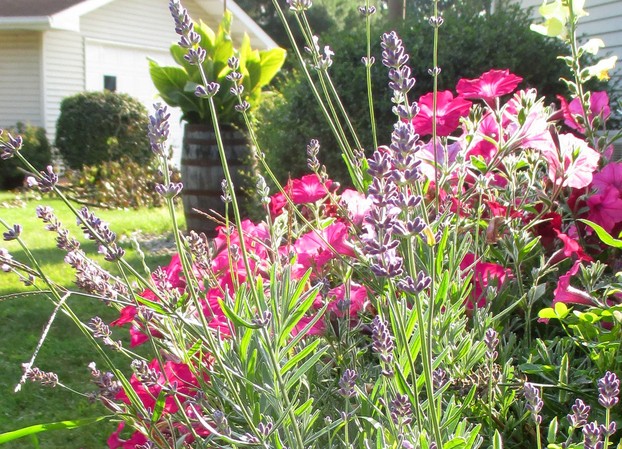
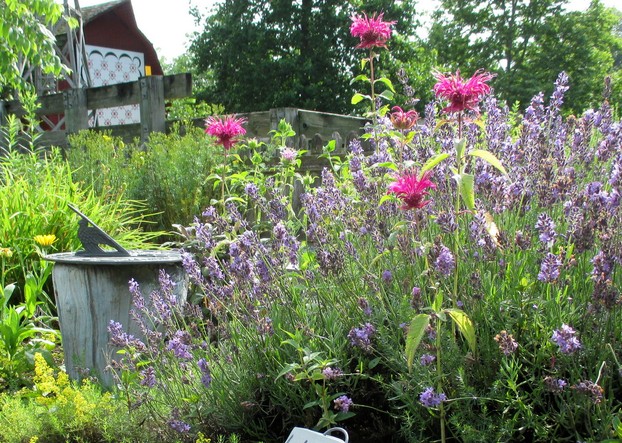
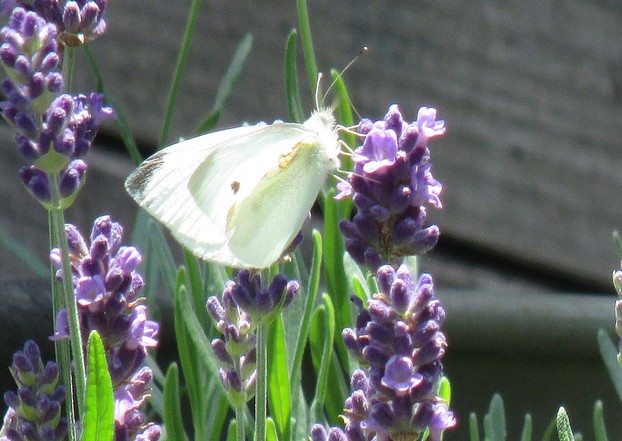
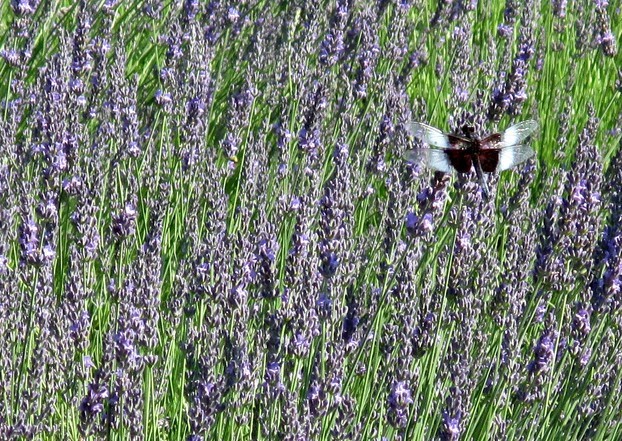
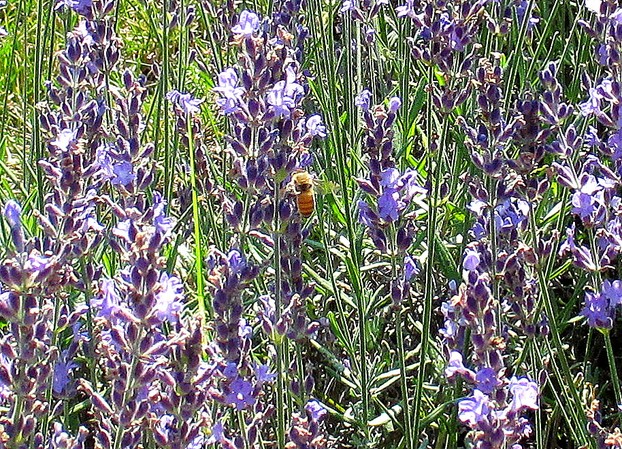
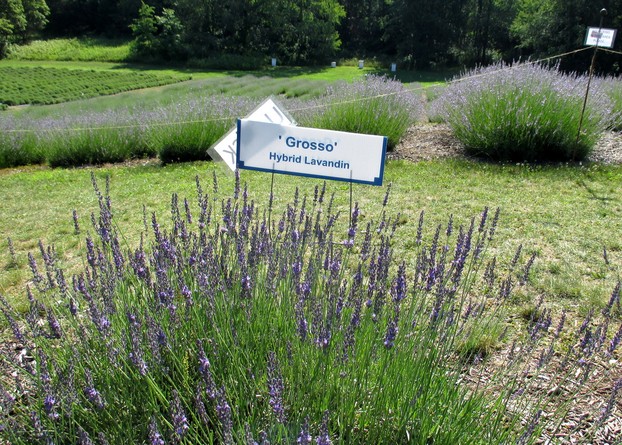
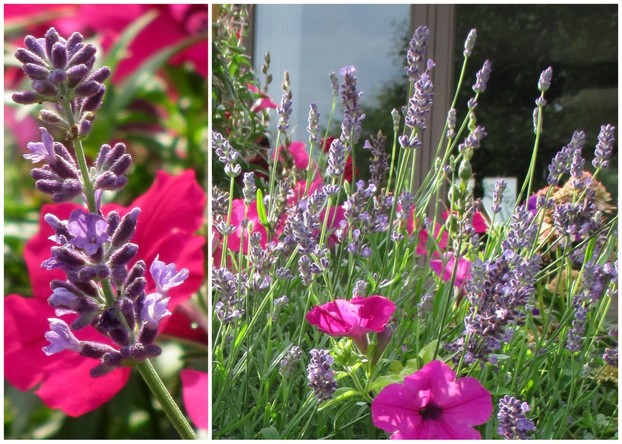



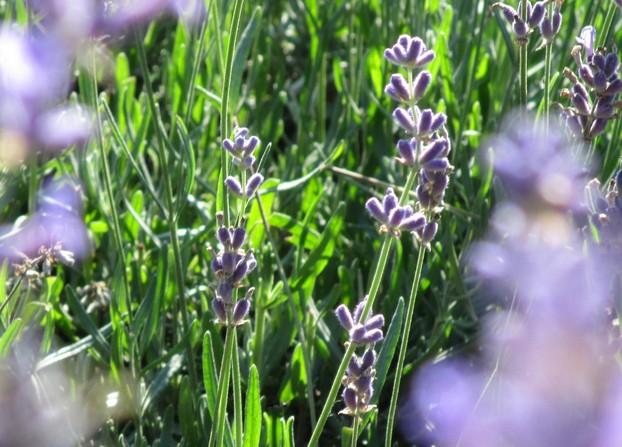
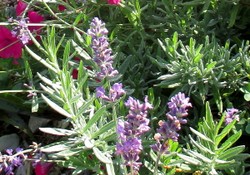

 I Hunt Wild Turkeys With a Cameraon 11/05/2017
I Hunt Wild Turkeys With a Cameraon 11/05/2017
 Basic Fall Garden Cleanup Taskson 10/02/2017
Basic Fall Garden Cleanup Taskson 10/02/2017
 Pumpkin Patch Inspired Home Decoron 10/06/2013
Pumpkin Patch Inspired Home Decoron 10/06/2013
 Homemade Pear Custard Tarton 09/02/2013
Homemade Pear Custard Tarton 09/02/2013

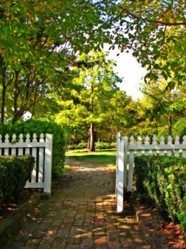
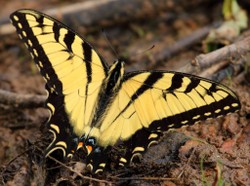
Comments
Ah! The South of France is not humid. That might make a difference. Lavender can cope with damp, for I have seen it in Lyme Park in the English Peak District, where it is quite damp, but I don't think that the area is as damp as the Florida summers that you describe.
frankbeswick - I'm thinking the humidity in Florida would be the sticking point. I've been there in September when it was fine, dry weather, but not during the summer when it rains every day.
dustytoes - Lavender comes from the Mediterranean, so it would be close in climate to Florida, though somewhat wetter. Maybe in a large pot for extra drainage. Glad you like the pictures!
Lavender grows well in the South of France, which is quite warm. How does the climate there compare with Florida? Are you warmer than the South of France in summer?
I love your photos. I've never grown lavender, and I doubt it would like the conditions here in Florida.
I still have a lot to learn about lavender!
frankbeswick - Thanks for that information! I still have blooming Munstead and I'm getting ready to try a new recipe, so I'll plan on using the flowers.
SueM, Lavender belongs to the mint family, which is generally edible, though one should always check and research before eating a plant that is new to you or about which you know little. [One member of the mint family, pennyroyal, [Mentha pulegium] can cause miscarriages if eaten in quantity. ]
English lavender [Lavandula angustifolia] is considered edible and is sold as a herb for food flavouring. One cultivar of English lavender 'Munstead' is considered particularly favoursome. [Lavandula angustifolia 'Munstead'.] French lavender [Lavandula stoechas] can also be eaten and is used by French chefs.Remember, it is the petals that are used in food..
Lavender hybrids, known as lavendins, are grown as ornamentals and are not used for eating.
I'm also reminded that in French versus English lavender, I've ready that one is edible and one not - I always get confused about which is which however......
I've never thought about bringing it in, but perhaps, if I have enough space. It would make things smell good over the winter.
I've seen white and pink lavender at one of our local garden centers. Perhaps next year!